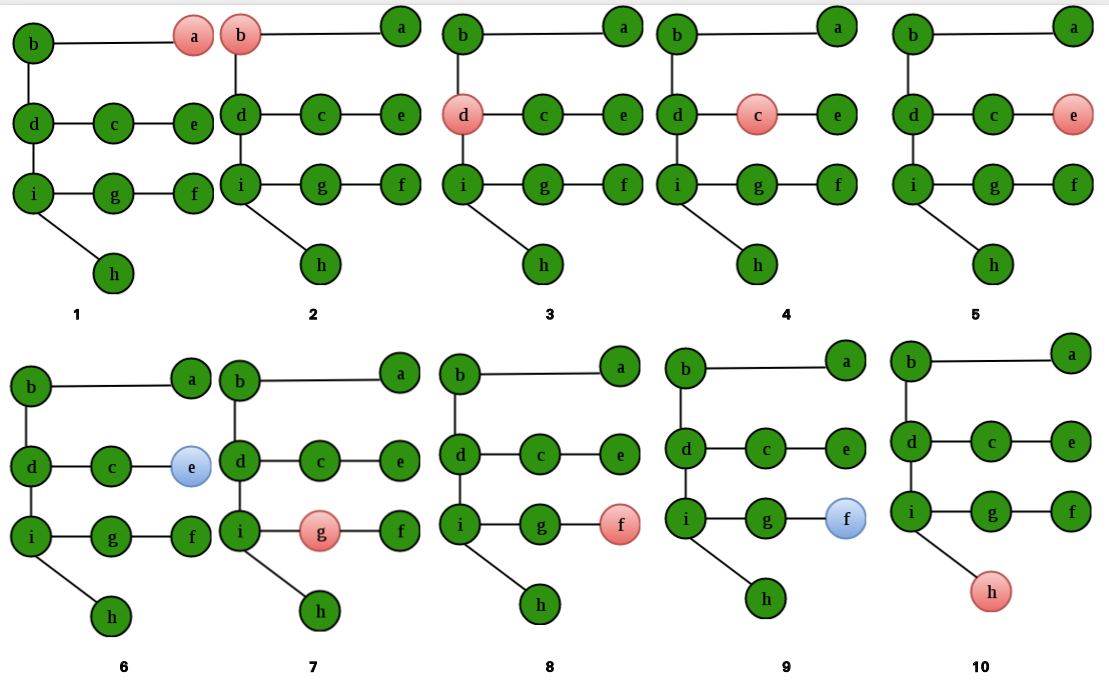

- Basic data structures and algorithms software#
- Basic data structures and algorithms series#
- Basic data structures and algorithms free#
Implementation of linked list in C++ involves the creation of node, deletion of a node from the list, insertion of a newly created node into the list and searching a node with a particular key.Ĭode for creation of the node is given as follows: Double Circular Linked List is doubly linked list but next field of the last node contains the address of the first node instead of null. A previously linked field which holds an address of the previous node in the list and next linked field holds the address of the next node in the list and info filed holds the information to be a store.Ĥ. The doubly linked list contains two linked field previous and next. That is content of head and next field of the last node are same.ģ. Single Circular Linked List is a single list only but the last node of the list contains the address of the first node instead of null. Singly linked list: contains only one linked field which holds the address of next node in the list and info filed which holds information to be stored.Ģ. Develop skills to ensure applications run smoothly.
Basic data structures and algorithms software#
Code, test, debug, and implement software applications. Learn to design and customize programs for various platforms. Insertion and deletion of elements from a linked list are very simple. The main limitation of the array is element insertion into array and element deletion from the ordered array are difficult as rest elements have to be move. The important difference is the way in which the items are linked together. One array stores Information called info that is data to be stored and other stores the next-pointer field called LINK that is an address of the next node.Īn advantage of a linked list over an array:īoth an array and a linked list are representations of a list of items in memory. Linked List is represented in memory using two arrays. Header node points to the first node of the list and the last node points to NULL indicated byÆ.
Basic data structures and algorithms series#
A linked list is a series of connected nodes (data element) as shown in figure 3. List refers to a linear collection of items. The disadvantage of the array are insertion and deletion of elements is slow as in ordered array and its fixed size storage. When we want to dynamically allocate the size of an array then we should new operator as follows We can combine declaration and initialization into a single statement as follows. We can declare 1-D (1-Dimensional) array in C++ as follows

The highest address corresponds to the last element The lowest address corresponds to the first element In memory array stores into contiguous memory locations. It can be 1-Dimensional, 2-Dimensional, 3-Dimensional and so on multi-Dimensional. a0=12, a1=21,a2=14,a3=15….We can represent one-dimensional array as shown in figure:Ī,a,…a is called subscript variable The array is defined as a Fix-size sequential collection of data elements of the same data type. Data structures that are available in C++ are as follows.Īrray is a simplest type of data structure and algorithms C++. Each programming language works on various data structures and algorithms in C++. A good programmer always gives emphasis on data structure rather than code. These data structures and algorithms C++ are very important while programming. Similarly to socks different organization of list data structures and algorithms C++ available is – It is a particular way of organizing data in a computer so that it can be used. The logical or mathematical model of a particular organization of data. Web development, programming languages, Software testing & others Data Structures And Algorithms C++

Basic data structures and algorithms free#
Start Your Free Software Development Course


 0 kommentar(er)
0 kommentar(er)
